Avoiding culture on the lake’s bottom could solve the MSX parasite that destroyed Cape Breton’s oyster farming industry in 2002, says researcher
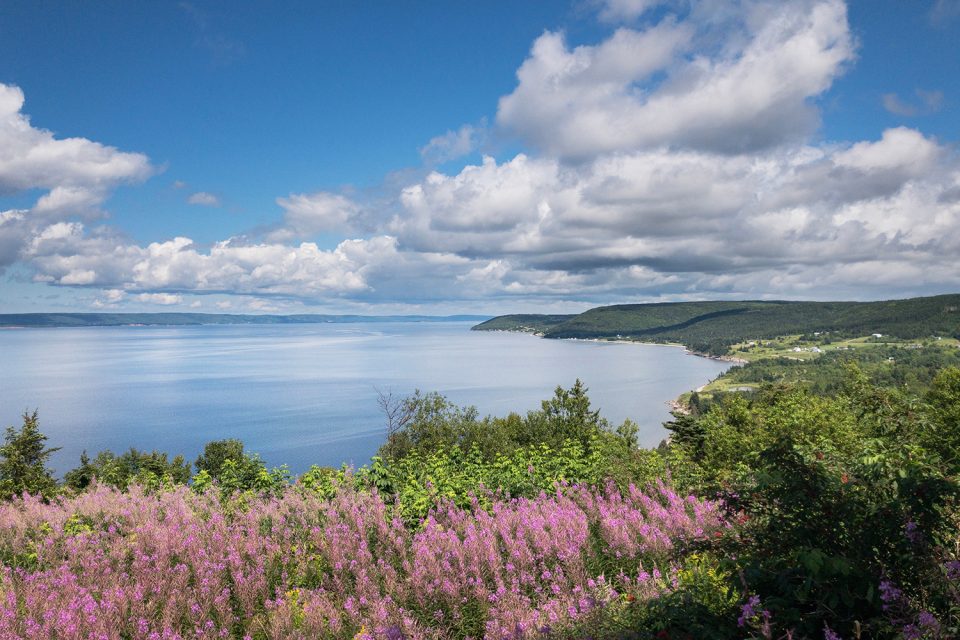
Twenty years ago, when the multinuclear sphere unknown (or MSX) parasite began causing mass mortalities in the oyster population of the Bras d’Or Lake in Cape Breton, Nova Scotia, the Department of Fisheries and Oceans (DFO) Canada closed the estuary to oyster farming – and kept it closed for two decades.
“Eighty percent of oyster production disappeared in a matter of months,” recalled Rod Beresford, a biologist at Cape Breton University. “It was a huge blow to the industry.”
The Bras d’Or had been a fertile ground for collecting oyster seed and exporting it across the country, and many farmers had oyster leases and infrastructure investment that they were forced to abandon when the mortalities and subsequent closure occurred.
Now, for the first time in two decades, there is hope for the future of oyster farming on the lake, thanks to Beresford’s research. He’s entering the third and final year of a collaborative project with 12 leaseholders on the lake, to determine the effects of the MSX parasite in oysters suspended in the lake, as compared to those on the lake floor.
With a CDN $780,000 research grant from the Canadian federal government, he set up 52 cages in the lake: 26 suspended at different sites, and 26 on the lake floor. He’s learned that oysters in suspended cages, while showing signs of infection in their tissues, are otherwise healthy, while those on the lake floor are exhibiting much greater signs of mortality.
While he can’t pinpoint the precise reasons, he speculates that it has to do with temperature and salinity changes near the surface of the lake that are more conducive to oyster growth and survival, and less conducive for the MSX parasite – which is deadly to oysters, but not harmful to humans.
Beresford’s final report is due in January 2023, but he’s confident that his research will present definitive information and that the project has been successful.
“The suspended oysters are growing well and there’s much lower prevalence and lower intensity of infection at the surface than we expected,” he said. “So, if things continue like this, there will be an oyster industry in the Bras d’Or Lake again.”
In Delaware Bay, a delicate balancing act for shellfish farms
‘It was catastrophic’
Robin Stuart, who worked as an oyster farmer and a consultant for other oyster farmers on the estuary until the closure, says the future is looking more encouraging, but that farmers are going to be cautious.
“I don’t think anyone will want to jump back in and go commercial right off the bat,” he said. “We’ll likely see a gradual increase in oyster farming that will occur over the next few generations.”
But it’s complicated, he noted, with an array of challenges that need to be worked out. One of them is the need for hatcheries: “If oysters from elsewhere are introduced, there’s the potential of introducing new diseases. And sick oysters don’t produce good progeny.”
Another is the pragmatics and regulatory challenges of growing oysters in cages using floats and lines that will need to be sunk below the ice in the winter.
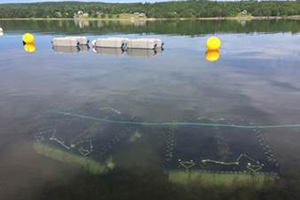
“There’s some technological things that have to be figured out and it’s not going to be a cakewalk,” he added.
Stuart was production manager for Cape Breton Marine Farming in the 1970s, when up to 4 million oysters were being farmed in Cape Breton, mostly in the Bras d’Or. As a consultant, he assisted other oyster farmers and helped the Eskasoni First Nations develop community-run farms. And he was there in August 2002 when the MSX parasite was first identified in the lake.
It couldn’t have come at a worse time, he recalled.
“The DFO had just issued 300 licenses for oysters in 1999 and 2000, when the steel plant and coal mines closed in Cape Breton, leaving many unemployed,” he said. “Oyster production levels were high but it decimated the oyster population in the wild beds, as most of the people with the licenses didn’t know how to fish oysters. Over two years, they wiped out all the beds in the Bras d’Or Lake!”
At the time, Stuart was working with the Potlotek First Nation’s Chapel Island Farm to obtain oyster fishing licenses, purchase 1 million oyster seed and train staff to get the business going. They were scheduled to start seeding in 2002, just as the presence of MSX was revealed.
“It was catastrophic,” he said. “The oysters represented a huge opportunity for economic growth and many farmers, including Chapel Island, had built storage, purchased vessels for harvesting and invested in the equipment to operate oyster farms. All of a sudden, there was no farm because there were no oysters.”
‘We’ve lost 20 years’
Stuart’s hope for the future is tinged with regret at a situation that he says has gone on for far too long. “MSX hit the oyster industry in Delaware Bay in the 1950s, but today they have a vibrant oyster industry because the American government went overboard to assist the industry to recover and figure out how to grow oysters in the presence of MSX,” he said.
Cape Breton did not receive such aid. Stuart said the DFO closed the lake to oyster farming and didn’t help in the industry’s recovery.
“Their only concern was identifying that the parasite existed,” he said. “Because of that, we’ve lost 20 years, as well as the human resource and skill sets of those who were actively involved in oyster farming and are older now or have died.”
Beresford said he understands that DFO was trying to protect the existing oyster industries that were worth more money than the Bras d’Or. “In the U.S., their oysters grow faster than ours and there were hundreds of millions of dollars invested. That said, DFO could have done more to help.”
Beresford remains optimistic for the future, noting that the results of his research could have significant implications for the local community. “For the first time in about 20 years, we are now growing oysters in the Bras d’Or that are large enough to sell,” he said. “That’s great news because oyster farming is a $4 billion global industry, and a re-established oyster industry would be a welcome economic boost to rural Cape Breton.”
Beresford and his team are working with researchers to develop a rapid test so growers can detect parasites in the field. With an easy and inexpensive rapid test, growers and processors could skip long waits for lab results. The test could be available as soon as this fall.
Follow the Advocate on Twitter @GSA_Advocate
Now that you've reached the end of the article ...
… please consider supporting GSA’s mission to advance responsible seafood practices through education, advocacy and third-party assurances. The Advocate aims to document the evolution of responsible seafood practices and share the expansive knowledge of our vast network of contributors.
By becoming a Global Seafood Alliance member, you’re ensuring that all of the pre-competitive work we do through member benefits, resources and events can continue. Individual membership costs just $50 a year.
Not a GSA member? Join us.
Author
-

Lauren Kramer
Vancouver-based correspondent Lauren Kramer has written about the seafood industry for the past 15 years.
Tagged With
Related Posts
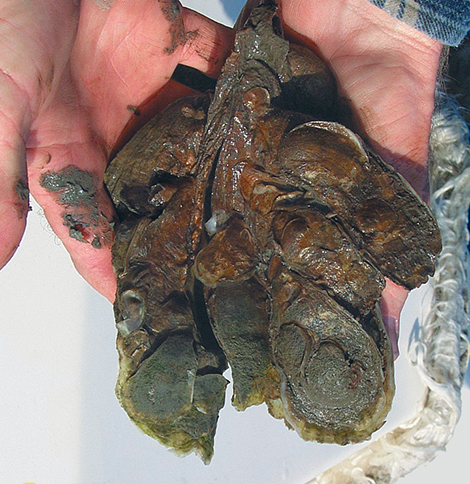
Health & Welfare
Ecogenomics: New approach to understanding oyster health
The health of two key oyster species – the American and Pacific – is constantly under threat of parasitic infections leading to diseases MSX and dermo.
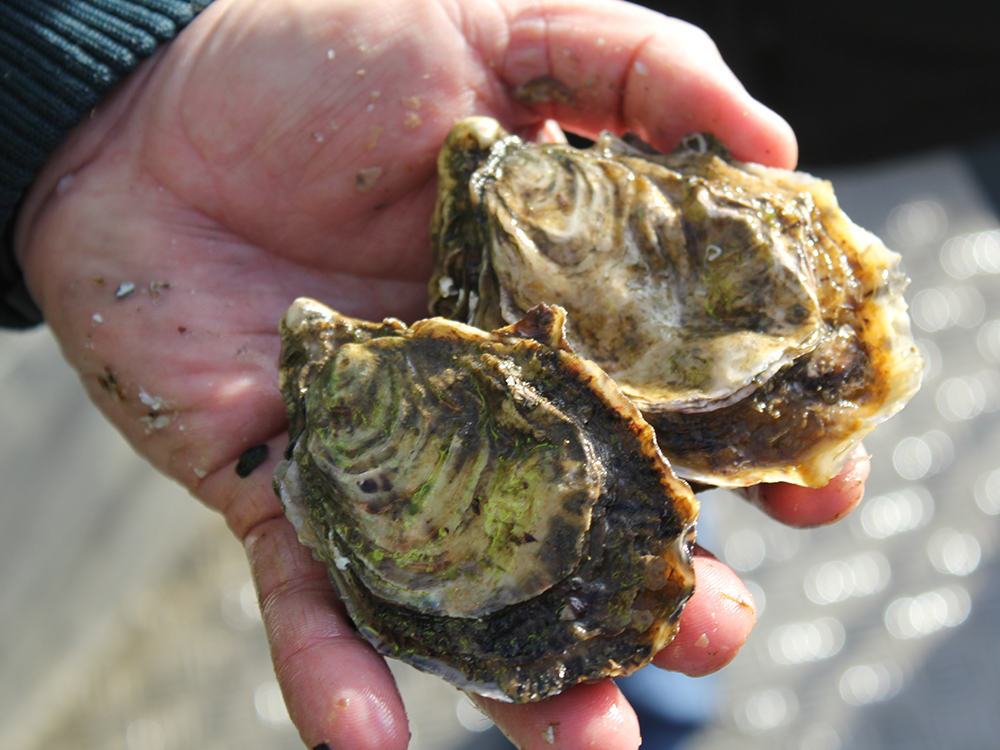
Intelligence
Behold the nutritious oyster
Oysters provide important, natural filtration of water and are an important component of many healthy coastal ecosystems because their active filtering can help improve and maintain water quality. For many coastal communities, oysters are an important food resource and excellent sources of protein and amino acids, zinc, selenium, iron and B-vitamins.
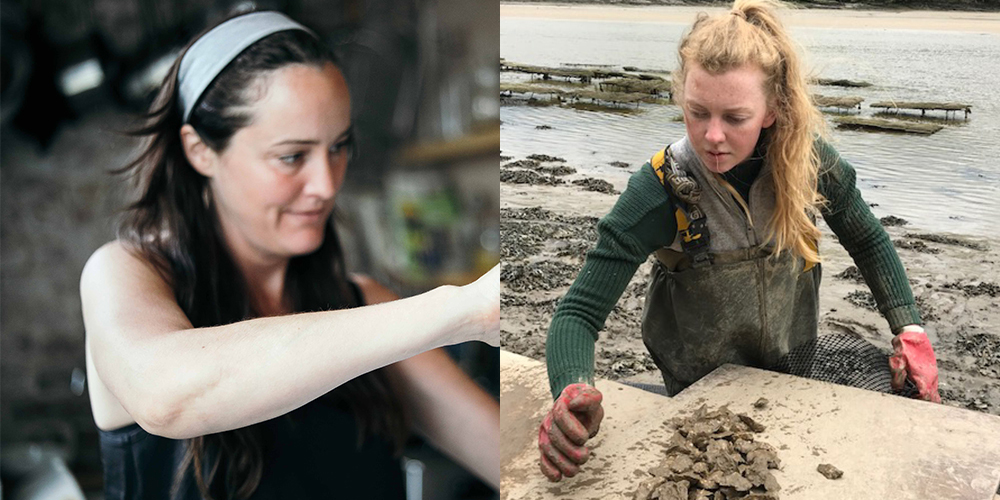
Intelligence
On the Job: Modern-day oyster lassies
As part of a series looking at aquaculture jobs, we feature two women working with oysters at different ends of the supply chain.

Intelligence
Cup size matters, but for oysters, branding matters more
To name an oyster is to give birth to a brand, essential to stand out in today’s raw bar scene. The briny bite-sized morsels are arguably seafood’s sexiest offerings, but a memorable moniker (and a quality product) is what keeps them on the menu.


